Every business owner dreams of maximizing their ROI. But have you ever thought about how the software you use could be a roadblock—or a stepping stone—to achieving that goal? Off-the-shelf solutions may seem like the easiest choice, but they often come with limitations that can hold your business back. That’s where custom software comes in—a solution designed specifically for your business.
In this article, we’ll explore why tailored software is a better investment, how you can get the most out of it, and what steps you can take to get started.
The ROI Challenge with Off-the-Shelf Software
When you buy off-the-shelf software, you’re essentially buying a one-size-fits-all product. While it may work for some, it often leaves business owners struggling to make it fit their unique needs. Here’s why:
It’s Not Designed for Your Business
Off-the-shelf software comes packed with features, but how many of them are truly useful for your business? Often, you’re stuck paying for functionality you don’t need while essential features may be missing. For example, a generic CRM system might lack the specific tools your business requires to track client interactions effectively, forcing you to find workarounds.
Hidden Costs Add Up
What looks like a budget-friendly option upfront often comes with hidden costs. Licensing fees, upgrade charges, and third-party add-ons can quickly drive up the total cost of ownership. Worse, if the software isn’t compatible with your existing systems, you might spend additional time and money trying to make everything work together.
Limits to Growth
Off-the-shelf solutions are built for the masses, not for your business’s future. If your company grows or pivots to new opportunities, these systems might not be able to keep up, forcing you to invest in new software altogether.
Why Custom Software is a Game-Changer

Custom Software Meets Your Exact Needs
Imagine having software that works exactly the way your business operates. With custom software, there’s no need to compromise or adapt your processes to fit a pre-made solution. Instead, the software is built around your workflows, making everything more intuitive and efficient.
For example, a retail business might need inventory management, sales tracking, and supplier coordination all in one place. Custom software can combine these features seamlessly, eliminating the need for multiple tools that don’t communicate with each other.
Built to Scale with Your Business
One of the biggest advantages of custom software is scalability. As your business grows, your software can grow with you. Developers can add features, expand capabilities, and ensure the system remains efficient, no matter how big your operations become.
Contrast this with off-the-shelf solutions, which often struggle to keep up with growing demands. Instead of outgrowing your tools, custom software ensures you’re always a step ahead.
Gives You a Competitive Edge
When your software is built specifically for your business, you gain a significant advantage over competitors still using generic tools. Custom solutions can automate repetitive tasks, speed up decision-making, and even improve customer experiences. For instance, a custom e-commerce platform might include personalized product recommendations, giving you an edge in driving sales.
The Real ROI Benefits of Custom Software
When you choose custom software, you’re not just buying a tool—you’re investing in long-term value. Here are three ways it boosts your ROI:
1. Increased Efficiency
Custom software eliminates inefficiencies by automating tasks and streamlining workflows. For example, instead of manually updating spreadsheets, a custom system can automatically generate reports, saving hours of work. With more efficient operations, your team can focus on higher-value activities that contribute directly to your bottom line.
2. Reduced Costs Over Time
While custom software may require a larger upfront investment, it often saves money in the long run. You’ll no longer need to pay for licenses, unnecessary features, or costly integrations. Plus, with tailored solutions, you’re less likely to face the expensive downtime and troubleshooting associated with off-the-shelf software.
3. Revenue Growth Opportunities
Custom software can unlock new revenue streams and help you adapt to market trends faster. Whether it’s a mobile app for your customers or a feature that helps you upsell more effectively, tailored solutions position your business to capitalize on opportunities.
How to Get Started with Custom Software
If you’re ready to make the switch, here’s how to get started:
Step 1: Evaluate Your Needs
Take stock of your current software and identify the gaps. Ask yourself:
- What processes could be automated?
- Which tools are holding us back?
- What do we need to improve efficiency or customer satisfaction?
Step 2: Find the Right Development Partner
Not all custom software developers are created equal. Look for a partner who takes the time to understand your business and has experience in your industry. At FocustApps, we specialize in building scalable, custom solutions that integrate seamlessly with your existing tools.
Step 3: Plan for the Future
Custom software isn’t just about solving today’s problems—it’s about preparing for tomorrow. Work with your developer to create a roadmap for growth, ensuring your software will adapt as your business evolves.
FocustApps is Here to Help
Off-the-shelf software may seem like a quick fix, but it often falls short of meeting your business’s unique needs. On the other hand, custom software is an investment in efficiency, scalability, and long-term success. By choosing tailored solutions, you’ll not only boost your ROI but also set your business up for future growth and a competitive edge.
If you’re ready to explore what custom software can do for your business, reach out to FocustApps today. Let’s build a solution that works for you, not the other way around.




